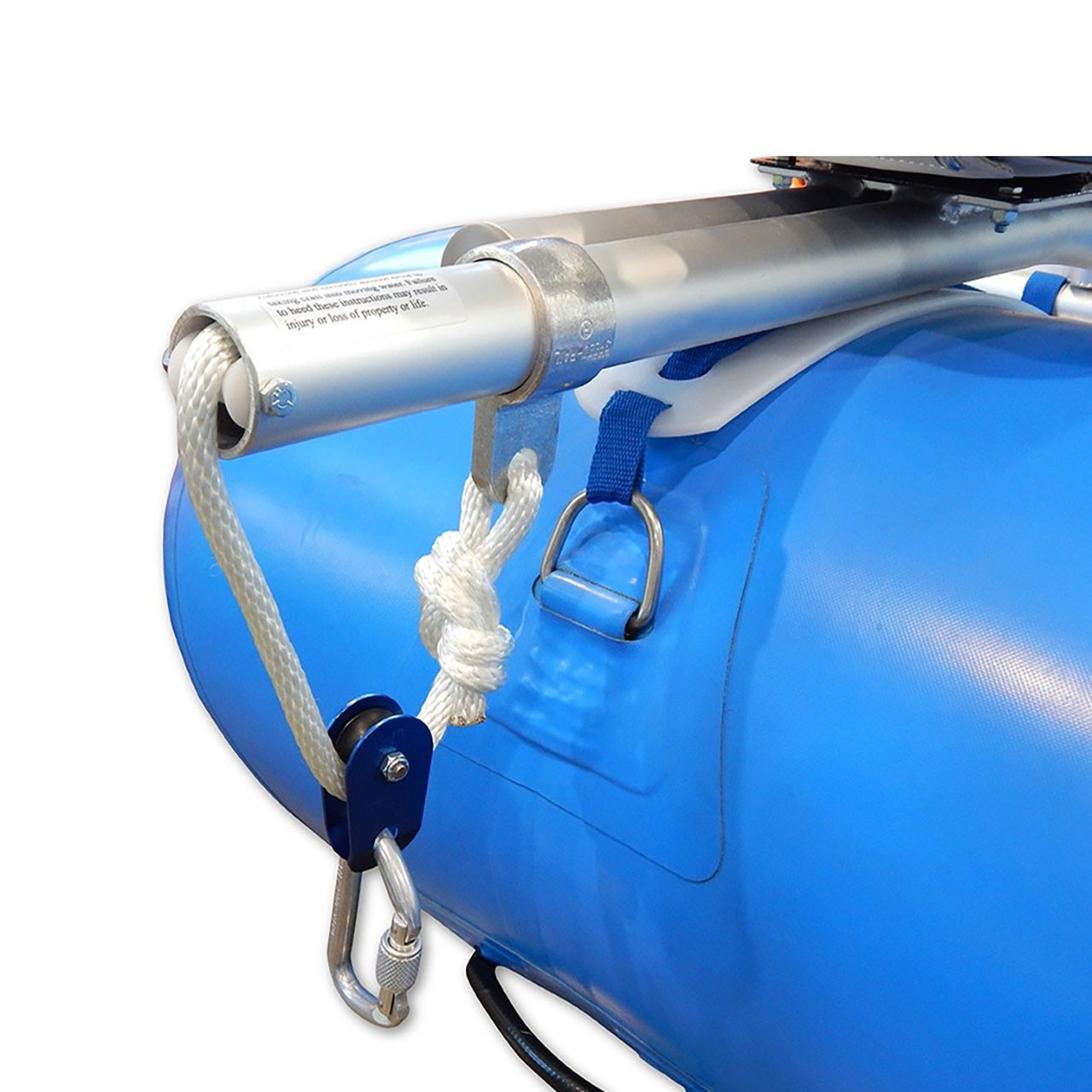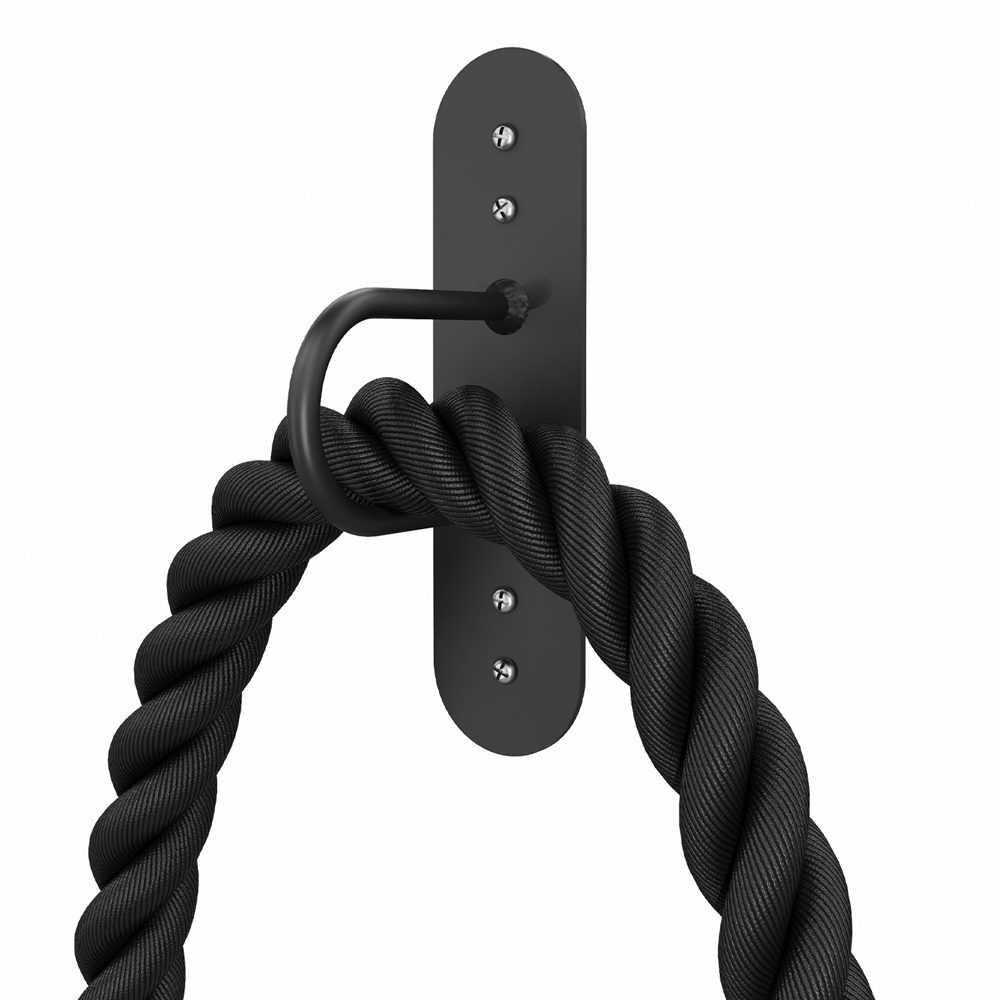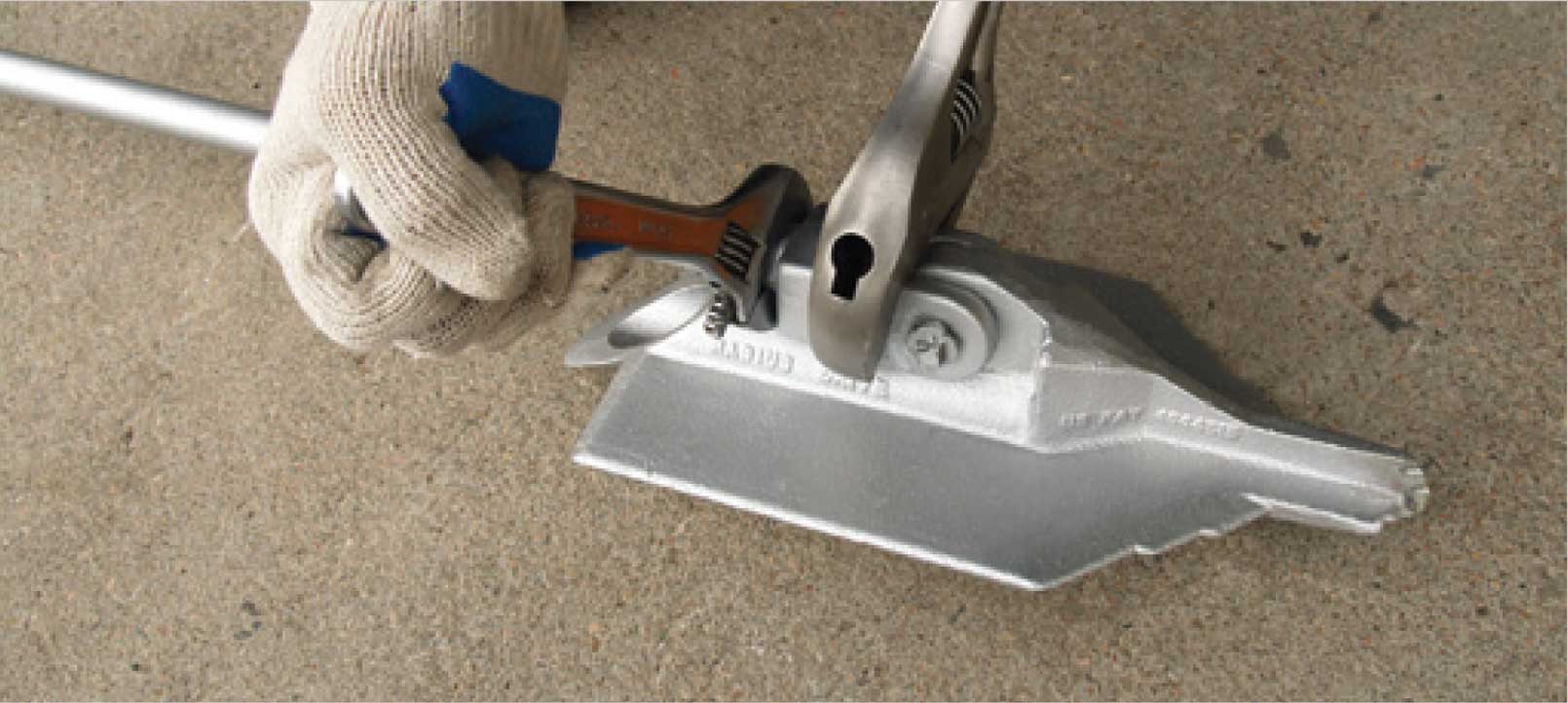The Duty of An Earth Anchor in Improving Architectural Honesty
The Duty of An Earth Anchor in Improving Architectural Honesty
Blog Article
Effective Anchor Systems Designed for Optimum Toughness
The layout of effective anchor systems is essential in making sure maximum strength and reliability across numerous applications, especially in aquatic and civil design. As we explore the various types of support systems and the materials that underpin their efficiency, it ends up being noticeable that the future of securing technology may hold even better advancements.
Value of Anchor Solutions
Support systems play a crucial role in different applications, from marine building and construction to offshore drilling and also in the stability of structures on land. Their key feature is to supply safe holding power, ensuring that frameworks stay secure and secure under different environmental conditions. In aquatic settings, anchors are necessary for mooring vessels, protecting against drift because of wind, currents, or waves. Without reliable anchoring, ships may be at risk of collision or grounding, causing substantial financial and environmental repercussions.
In addition to aquatic applications, anchor systems are essential in civil engineering, specifically in the building of retaining wall surfaces, bridges, and structures in geologically difficult areas. These systems assist distribute lots effectively, neutralizing pressures such as soil pressure and seismic task. The significance of support systems reaches the eco-friendly energy industry, where they protect wind generators and overseas systems, adding to the stability and efficiency of power generation.
Ultimately, the performance of a support system is basic to the safety and security, sturdiness, and capability of different structures, making their style and application a vital component in engineering and building methods across multiple sectors.
Ingenious Materials in Anchor Design

Modern innovations in products science have considerably transformed support layout, enhancing performance and resilience. The unification of composite products and high-strength alloys has caused supports that can stand up to extreme environmental problems while keeping structural integrity. These cutting-edge materials not just use exceptional tensile toughness however also reduce weight, boosting ease of installment and handling.
One notable development is the usage of carbon fiber strengthened polymers (CFRP), which supply excellent deterioration resistance and high strength-to-weight ratios. This permits the style of anchors that are both lightweight and extremely resilient, making them suitable for aquatic applications where direct exposure to saltwater can result in product destruction.
In addition, innovations in finishings-- such as innovative epoxy and galvanization-- further protect steel anchors from corrosion, prolonging their life span. These layers can be customized to fulfill particular environmental difficulties, ensuring that supports carry out dependably even in extreme conditions.
Moreover, the assimilation of clever materials, which can adapt to changing loads and ecological elements, is leading the means for future anchor layouts. These growths emphasize a fad in the direction of better efficiency and integrity in securing remedies, ultimately enhancing security across numerous applications.
Sorts Of Reliable Anchor Solutions
Effective anchoring remedies are crucial for guaranteeing stability and safety in different applications, from building to marine operations. Several kinds of effective support systems stick out for their performance and versatility to different atmospheres.
One prominent type is the screw support, which utilizes a helical design to give exceptional holding power in dirt and soft ground. These supports are specifically useful in short-term structures and can be quickly gotten rid of and recycled.
Another favored system is the driven stack support, frequently used in marine and hefty building and construction jobs. These supports are driven deep right into the ground, supplying superb resistance to side pressures, making them perfect for supporting large structures.
For aquatic applications, the mooring buoy support system is necessary. This system consists of buoyant gadgets linked to anchors on the seabed, allowing vessels to stay stable while lessening drag from winds and currents.
Lastly, the deadweight support system relies upon hefty weights to provide stability and is typically made use of in offshore setups. Each type of anchor system is designed to satisfy details demands, ensuring the safety and integrity of frameworks and vessels in numerous conditions.
Safety Criteria and Regulations
Guaranteeing the safety and security and reliability of anchoring systems includes adherence to rigorous safety standards and policies. These criteria are established by various companies, consisting of the American Society for Screening and Products (ASTM), the International Company for Standardization (ISO), and regional building regulations. Conformity with these policies is critical to assure that anchoring systems can withstand environmental tensions and tons, decreasing the threat of failure.
Testing and accreditation procedures are fundamental elements home of security requirements. Anchoring systems should undertake strenuous analyses, including tensile toughness examinations, fatigue tests, and environmental impact assessments. These tests aid determine the systems' efficiency under real-world conditions, ensuring they meet or go beyond the needed safety limits.
Furthermore, manufacturers are needed to give thorough specs and directions for installment and maintenance, which are integral to promoting security requirements. Regular assessment and upkeep protocols need to also be established to identify possible weaknesses with time.
Future Patterns in Support Innovation
The future of support technology is poised for significant advancements, driven by the enhancing demand for improved safety and efficiency in building and construction and design applications. Developments are anticipated in products, style, and installation methods, which will certainly improve the toughness and longevity of anchor systems.
One arising pattern from this source is the assimilation of smart technology right into support systems. Earth Anchor. By integrating sensors, these systems can keep an eye on stress and anxiety, lots, and environmental problems in real-time, enabling positive maintenance and enhanced reliability. Furthermore, developments in composite products may result in lighter, yet more powerful anchors that can stand up to extreme problems, decreasing the overall weight of structures


In addition, modular support systems are obtaining traction, permitting for much easier installation and flexibility to various task requirements. Earth Anchor. As the sector embraces automation, robot this contact form installation strategies could better streamline the anchoring process, improving effectiveness and accuracy
Final Thought
In verdict, effective anchor systems play an essential duty in guaranteeing the stability and security of aquatic and civil design tasks. Adherence to safety and security standards and regulations even more highlights the value of dependability in support systems.
The style of effective support systems is essential in making certain optimal toughness and integrity throughout various applications, especially in civil and aquatic engineering. As we discover the different kinds of anchor systems and the products that underpin their effectiveness, it becomes evident that the future of anchoring modern technology might hold also higher improvements.Making sure the security and dependability of anchoring systems involves adherence to stringent security criteria and policies.In verdict, effective anchor systems play a critical duty in making sure the stability and safety of civil and aquatic engineering projects. Adherence to safety and security criteria and guidelines further highlights the importance of reliability in support systems.
Report this page